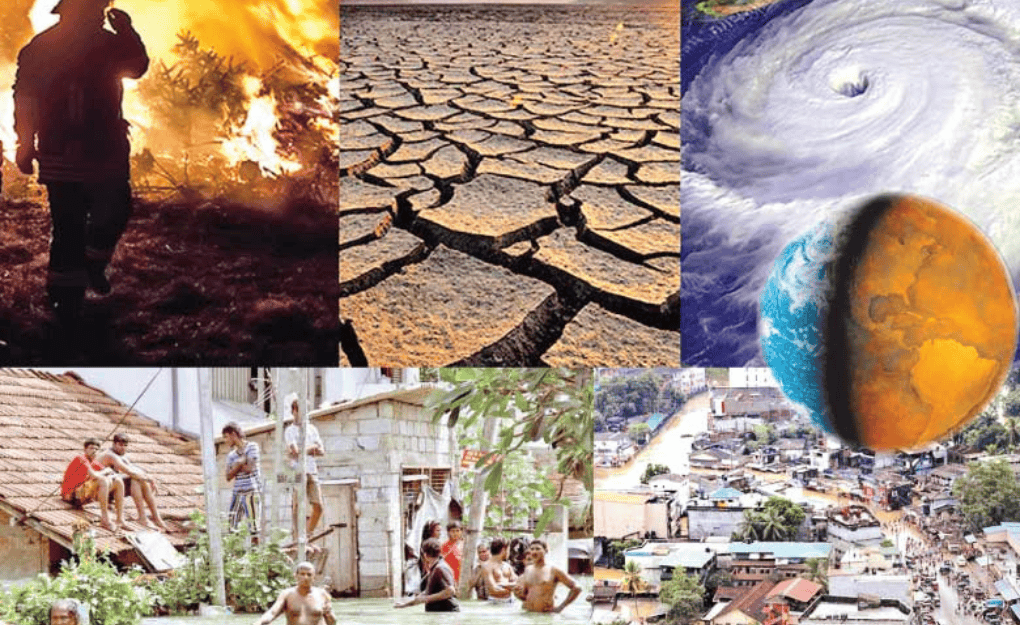Climate Education Impact is emerging as a crucial global issue, revealing how the climate crisis is not only a threat to the environment but also to education systems worldwide. Recent studies have shown that climate change—especially extreme heat and frequent natural disasters—is directly linked to school closures, learning losses, and reduced academic performance. These disruptions disproportionately affect children in vulnerable regions, risking decades of educational progress and widening inequality.
Effects of Extreme Heat on Schooling
The most significant climate education impact is seen in students’ academic performance and years of schooling. Scientific research across 29 countries indicates that children exposed to extremely high temperatures—about two standard deviations above the average—may lose up to 1.5 years of education. The brain’s ability to concentrate and retain information diminishes with heat stress, leading to lower test scores and fewer students passing graduation exams or gaining university admission.
In countries like China and Southeast Asia, these negative effects are more acute due to a combination of high temperatures, dense urban populations, and limited school infrastructure. In these regions, long heatwaves without proper cooling facilities cause a measurable decline in student performance, highlighting the need for climate-adapted learning environments.
Climate-Related School Closures and Learning Loss
Climate change triggers more frequent and intense natural disasters such as floods, storms, wildfires, and droughts, which have become leading causes of school closures. Over the past two decades, approximately 75% of major weather events resulted in temporary or long-term shutdowns of educational institutions, particularly in low- and middle-income countries.
For instance, rural Brazil has experienced a steady increase in school absences due to extreme heat. In the country’s poorest regions, it is estimated that children lose up to 1% of their learning each year because of climate-related disruptions. This might seem small annually, but over a school career, it significantly reduces educational attainment.
Disparities and Vulnerability Among Marginalised Groups
The climate education impact is not evenly distributed. It affects marginalised communities and fragile nations the most. Nearly one billion children now live in high climate-risk zones, predominantly in countries with limited resources and political instability. These regions are the least equipped to manage the educational consequences of environmental changes.
In the United States, studies show that poor school infrastructure, especially in communities of color, leads to sharper learning declines during heatwaves. African American and Hispanic students are especially vulnerable, with schools often lacking air conditioning, proper ventilation, and disaster preparedness programs. Moreover, these groups also suffer higher rates of asthma and respiratory problems due to air pollution, further impairing academic participation and achievement.
Infrastructure Challenges and Disaster Preparedness
The physical environment of schools is a crucial factor in mitigating the climate education impact. Many educational institutions globally lack the basic infrastructure to handle rising temperatures or to act swiftly during natural disasters. After the 2013 floods in Jakarta, numerous schools were used as emergency shelters, forcing students to miss weeks of learning.
Schools with disaster response plans and resilient infrastructure—including safe shelters, early warning systems, and emergency supplies—were far better able to maintain continuity in education. But such planning is rare in many at-risk regions. The lack of climate-resilient school buildings, roads, and transport systems continues to disrupt access to education for millions.
Long-Term Educational and Social Consequences
The climate education impact has profound long-term consequences on societies and economies. Reduced schooling years and poor academic outcomes mean lower human capital development, which limits job prospects, weakens productivity, and exacerbates poverty cycles. These effects undermine global efforts to achieve Sustainable Development Goals (SDGs), particularly in education, gender equality, and economic growth.
Educational setbacks caused by climate change also contribute to growing social inequalities. Wealthier students in urban areas with better infrastructure and online learning options continue to progress, while children in poor, rural, or climate-vulnerable zones fall further behind. If not addressed urgently, this divide could become unbridgeable in the coming decades.
Building Resilience for Future Generations
The solution lies in integrating climate resilience into education systems. Governments and global institutions must prioritize:
- Upgrading school infrastructure to withstand climate shocks
- Implementing disaster preparedness programs in schools
- Training teachers to adapt to emergency learning modes
- Ensuring equity by targeting resources to the most vulnerable groups
Investing in climate-resilient education is not only about protecting children’s rights—it’s about protecting the planet’s future. As climate change accelerates, ensuring that every child continues to learn safely and effectively becomes not just an educational goal, but a survival imperative.




